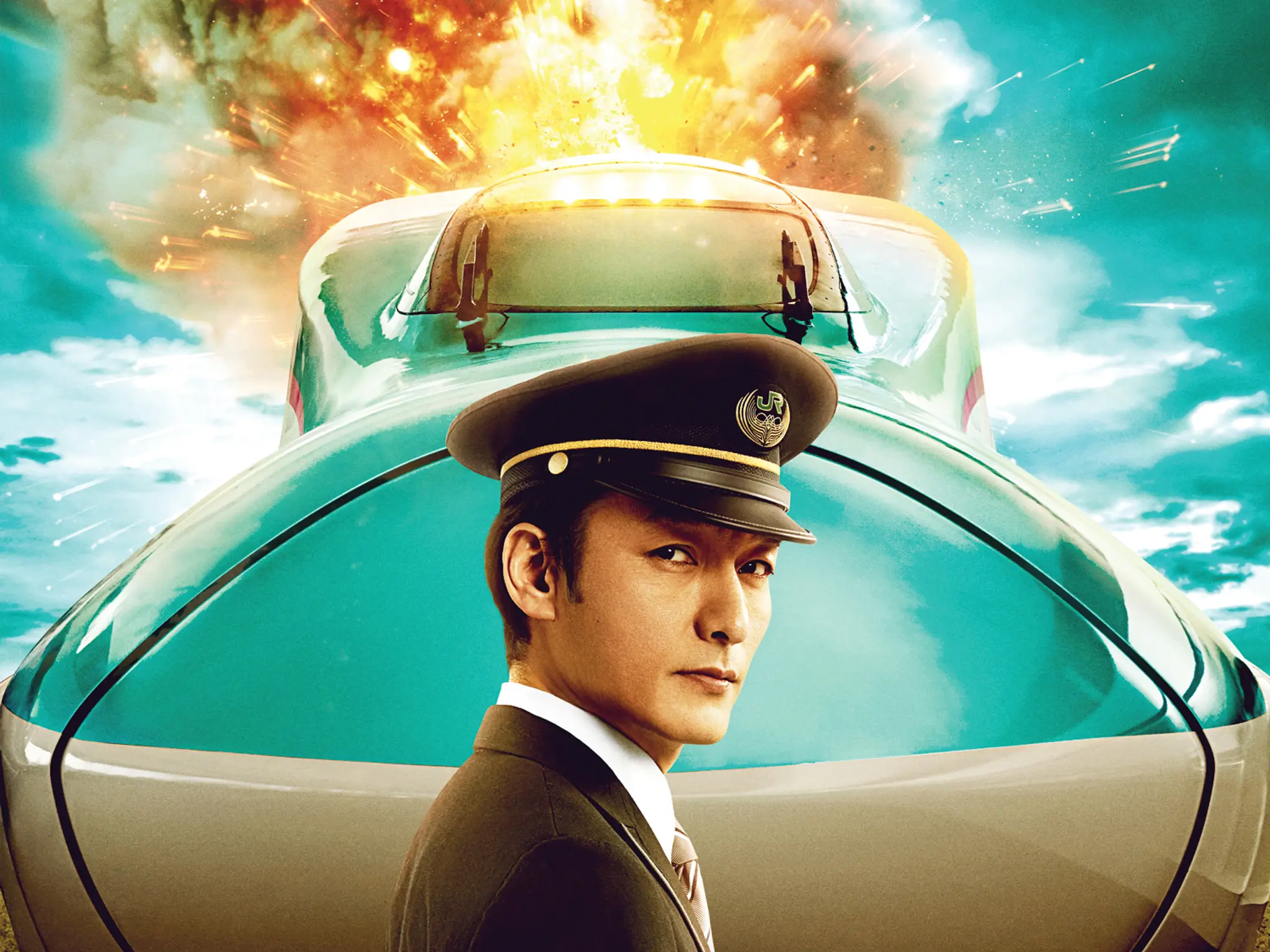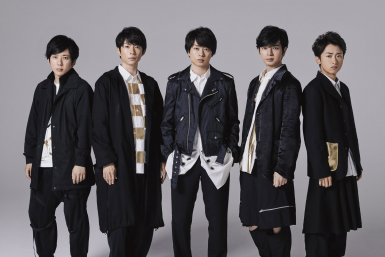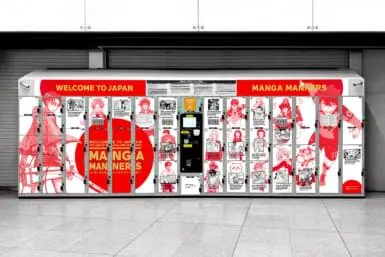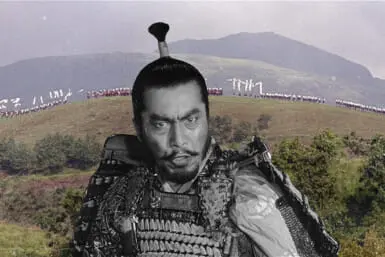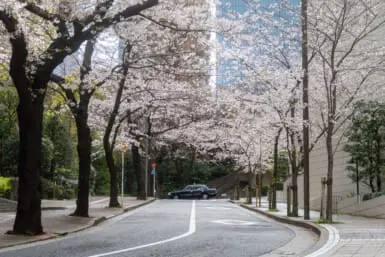The 1994 Keanu Reeves action thriller Speed — the story of a bomb on a bus that will blow if the vehicle goes slower than 50 miles per hour — only exists because the screenwriter’s father mixed up two movies.
Long ago, writer Graham Yost was recommended the 1985 Jon Voight movie Runaway Train by his dad, who mentioned that the titular train couldn’t stop because of a bomb. However, there was no bomb in the film. Yost’s father was most likely confusing it with the 1975 Japanese film The Bullet Train (not to be confused with the 2022 Brad Pitt movie Bullet Train), which is about a Shinkansen that will blow up if it slows down.
Yost didn’t know that, though. He only saw Runaway Train and thought that the story would have been better with a bomb in it. And thus, Speed was born… as an accidental American remake of The Bullet Train.
It took over 30 years, but Japan finally decided to do something about it by releasing its own remake of Bullet Train, which premiered on Netflix on April 23 under the title Bullet Train Explosion. How does it hold up against the original? Let’s take a look, without any spoilers.
Same Story, Different Genres
Bullet Train Explosion centers around a Shinkansen with a bomb on it that will explode if the train slows below 100 kilometers per hour. Seemingly just like the original (except in that one it was 80 kilometers per hour because times and trains are faster now), but both movies approach the topic differently. The original is full of social commentary and uses a trio of bombers to explore the struggles of Japan’s underclass that developed in the wake of its economic boom that didn’t benefit everyone.
The “bad guys” are a man whose livelihood was swallowed up by big businesses, his poor ex-employee and a radical who wants to topple an unjust system. Yes, they are risking the lives of innocents to extort money from the government, but through flashbacks and multiple scenes, we get to know them and understand their point of view, even if we don’t agree with it.
The remake plays it differently. The bombers aren’t revealed until long past the halfway mark, and while one technically counts as a member of a demographic that is often treated unfairly and even violently, their motives are ultimately personal and selfish.
They’re also never really explored as much as revealed via exposition by other characters who seem to appear out of nowhere because so much of Bullet Train Explosion is focused on the train and the people inside it. Conversely, a huge part of the 1975 film is actually a police procedural taking place outside the train where officers follow clues, make deductions and just work the case.
An argument could be made that Bullet Train Explosion keeps things more focused, but we have to ask ourselves what is a remake? Is it something that gives us less or more than the original? Your answer to that question may help you decide if Bullet Train Explosion is for you.
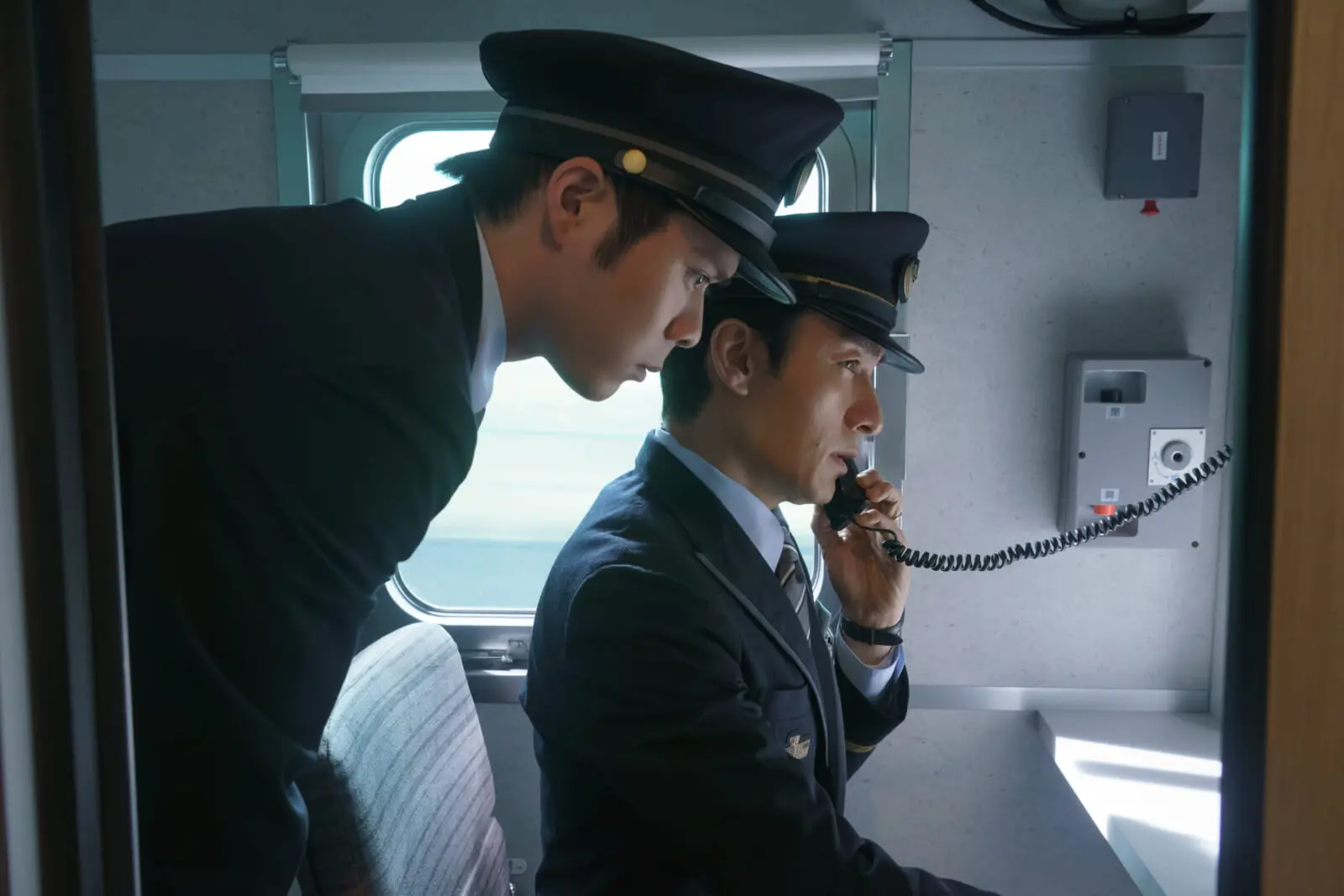
Bullet Train Explosion – Production Still Image
The Titular Bullet Train
The Bullet Train was a nightmare to cast. According to an interview with director Junya Sato, popular actor Bunta Sugawara turned down a role because his wife read the script and concluded that the Shinkansen was the main character, not the actor. That is not true, though.
As mentioned before, a lot of the story takes place outside the bullet train, which was not a purely creative choice. It was due to Japanese National Railways — the predecessor of JR — offering the movie no support: no access to trains, no details about the inner-workings of the rail system, nothing.
The only reason the filmmakers knew what a Shinkansen control room looked like was because they hired a foreign actor to pose as a German engineer interested in a tour of the facility, which he filmed with a hidden camera.
Once again, things were very different with the remake. JR gave Bullet Train Explosion a lot of support, including actual Shinkansen trains. It did, however, stop short of letting them blow one up for real.
You would think that would work to the movie’s advantage, but either because of explicit requests from the company or gratitude from the filmmakers, the remake spends a lot of time praising the hell out of the Shinkansen.
When it first arrives in the movie, the music swells and the train is shot in a way that borders on the pornographic with low-angle shots and sweeps of its slender body. Also, one crew member can’t shut up about how much he loves the Shinkansen and cares about his passengers.
By the fifth time he mentions it, you feel like screaming “OK, we get it, the Shinkansen is amazing, can we please get back to the movie?” And the thing is, the Shinkansen is an amazing piece of technology, but singing its praises at every turn feels like a promotion for JR that cheapens the movie.
Why the Remake Is Still Totally Worth Watching
For every mistake that Bullet Train Explosion makes, it gives us two fun action scenes as penance. The Bullet Train focused on human drama and action scenes that didn’t require a lot of external shots of the trains because they didn’t have access to them.
The remake, though, took full advantage of having JR on its side, taking some of the scenes from the original and making them much more action-packed, involving fast trains and finally topping everything off with a bunch of explosions. The 1975 movie admittedly had few of those, while the remake blows up more trains than Gomez Addams.
Even if you frequently travel on the Shinkansen, watching one clip other trains, get rear-ended, or blown apart is surprisingly a lot of fun because of the tone of the movie. There’s a part where the remake gets weirdly dark and serious, but it’s not representative of the rest of the film that, on the whole, is kind of wacky in a “we are all aware that this is a ridiculous story and we are trying to get through this with a straight face.”
In most cases, that would be a mark against an action movie, but if it helps get us creative action scenes, then we can overlook it. A bigger focus on practical effects instead of CGI would have been nice, but you can’t get everything, and what you do get is a fun movie.

